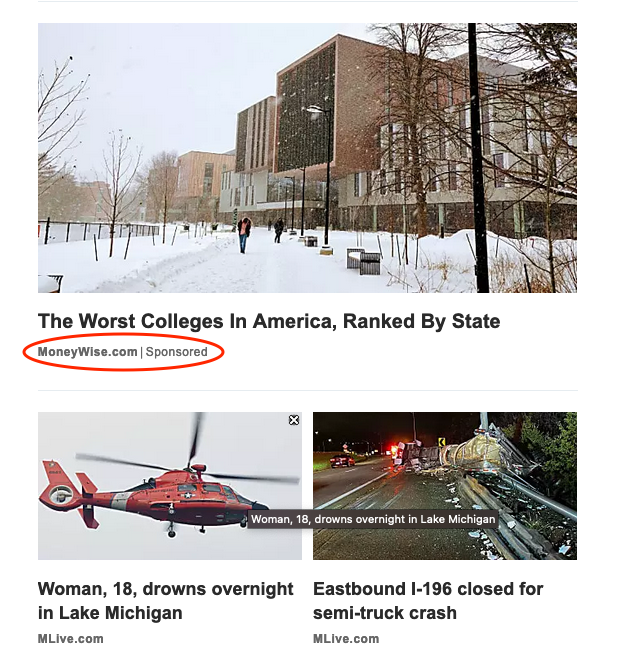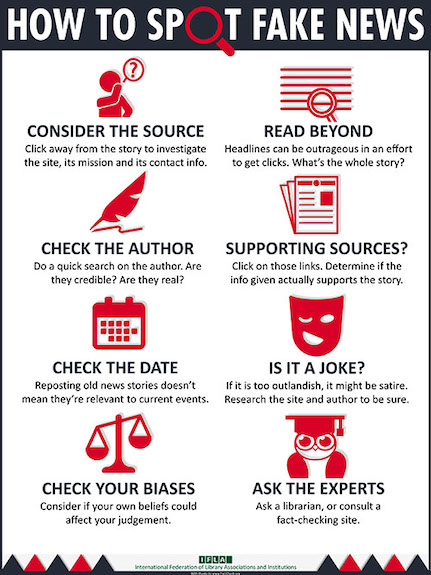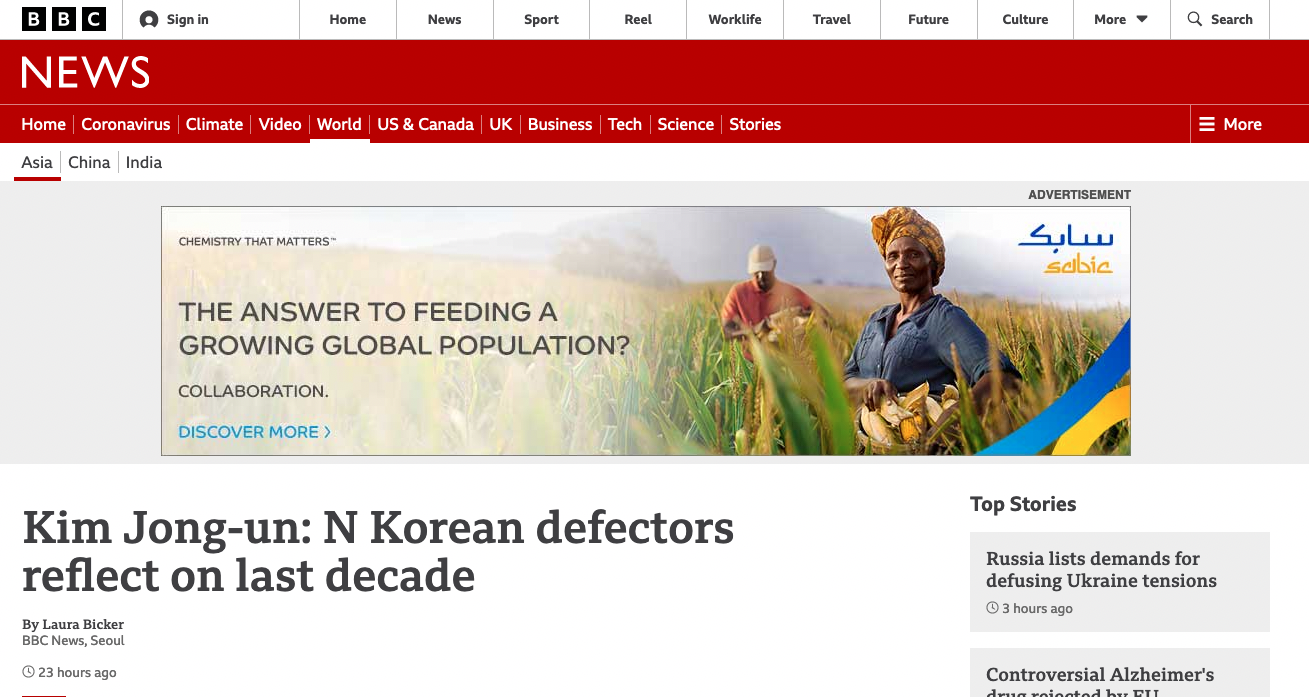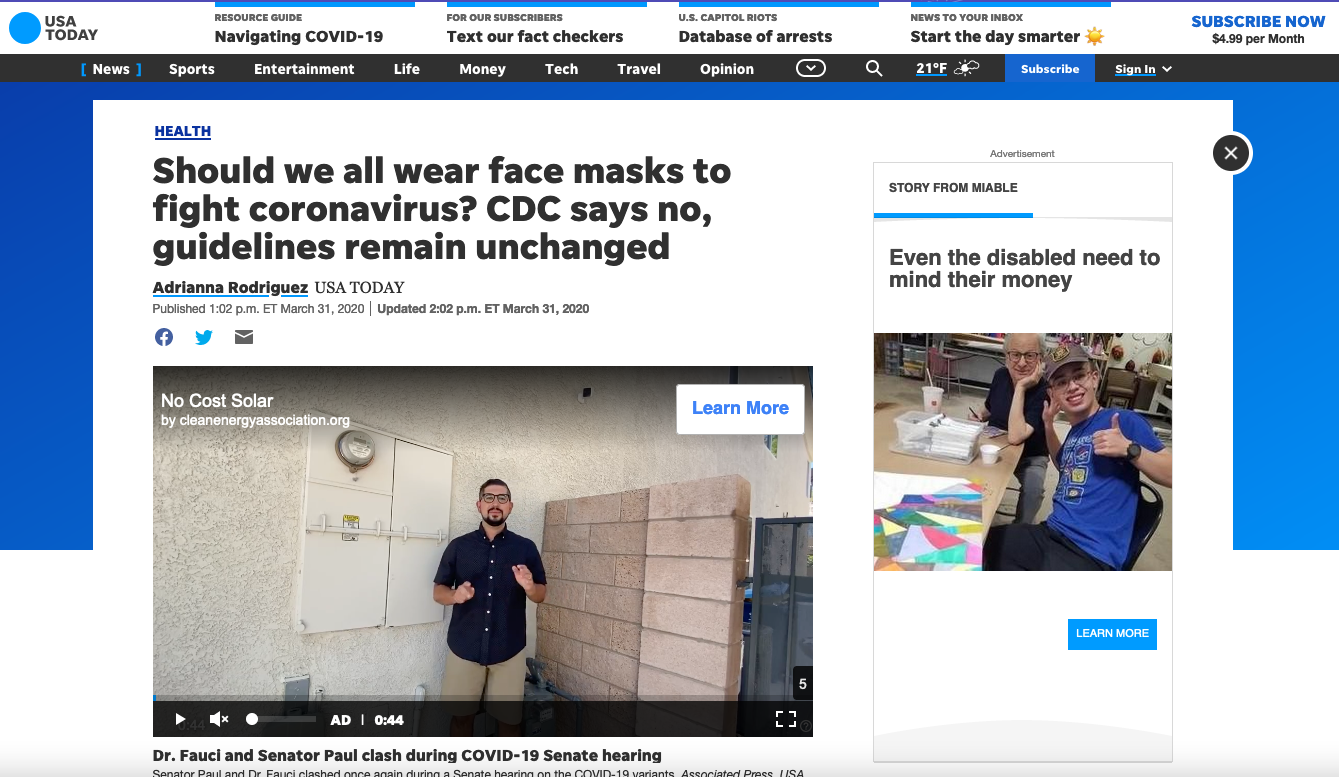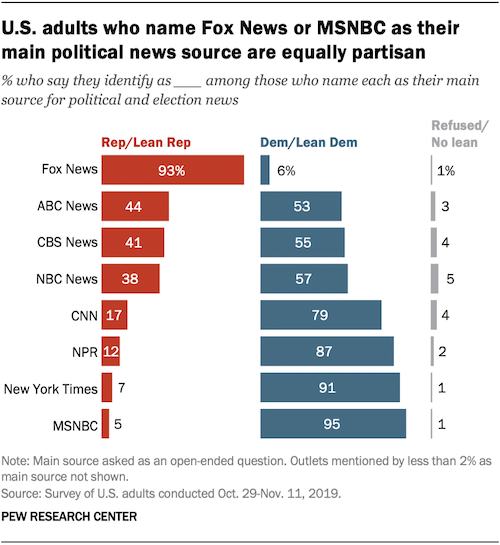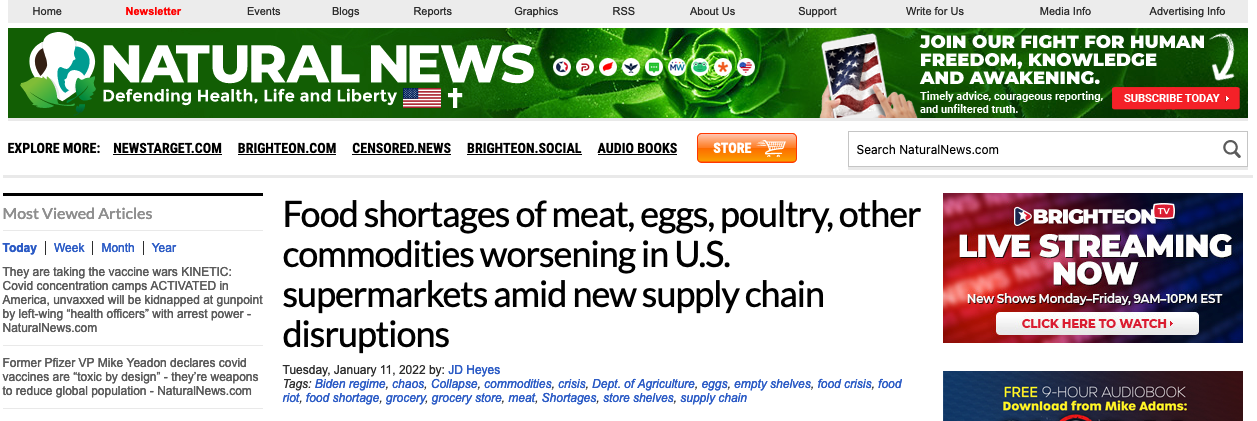Exercise:
Before we begin, consider the following questions.
- How do you define news?
- What sources do you use to access news?
- Who produces the news that you access?
Let's start with a few definitions. In this lesson, the term news content will be used to describe information that is a.) of interest to an audience and b.) reported through some means of publication. Journalism is the act of producing news—gathering, writing, and disseminating it. Journalists are people who engage in journalism.
News can cover a variety of topics. Some, like the actions of governments or corporations, innovative achievements, or tragic events have a certain level of importance, are written for large audiences and are obvious news items.
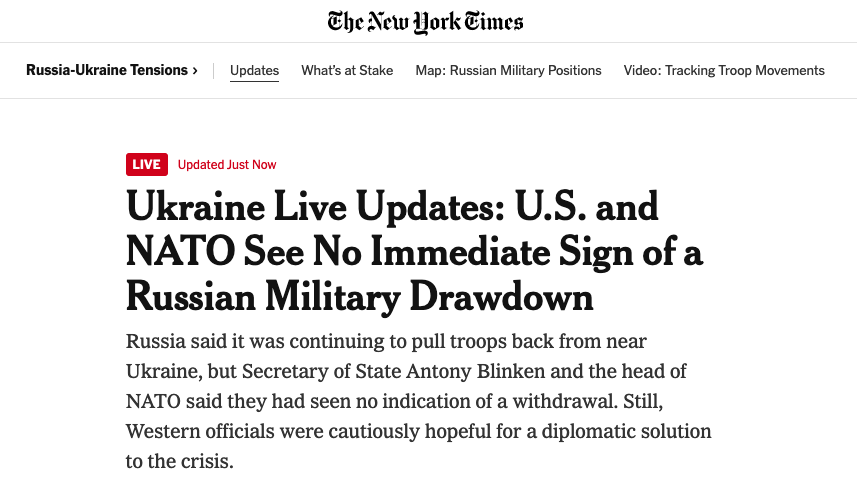
Others don’t have quite the same level of seriousness or appeal to more limited audiences like residents of a particular community, sports fans or hobbyists; nonetheless, these are still news.

News can be delivered via several formats, including print, television, radio, and the internet (e.g., blogs, social media, etc.). Technology has transformed news, both in delivery (from traditional print sources—think newspapers—to media such as television and radio, and later to social media and digital aggregators) and production (think about the advent of the smartphone and social media and what influence that has had on journalism).
Journalism fulfils many purposes, both positive and negative. From a positive perspective, it informs the people, ensuring a level of transparency that checks the influence of government and business. It can be used to measure public opinion. It can also entertain. When used negatively, however, journalism can spread propaganda, advance narrow ideologies, or be used as a means of power or control.
Both trained journalists and ordinary citizens engage in journalism. Citizen journalism has been noted by scholars as an act of free expression that serves as a fundamental right in healthy democracies (Hargreaves, 2005, p. 10). Sometimes, as in the case of the George Floyd murder, citizen journalism calls attention to injustices that would otherwise not warrant attention by mainstream news agencies. However, it’s important to note how professional journalism differs from citizen reporting.
- Journalists are trained professionals who follow a code of ethics. In the United States, the Society of Professional Journalists, Radio Television Digital News Association (RTDNA), and Online News Association all publish resources on the ethical coverage of news. NOTE: Ethics codes are best practices in journalism and are not regulated as they may be in other fields such as medicine.
- Stories by professional journalists follow a life cycle that can include revisions (as further details are discovered), retractions/corrections (if mistakes in reporting are found), or analysis (as details emerge and the big picture is considered). It is not uncommon for a story to evolve as time progresses. This is not always the case with citizen journalism efforts.



